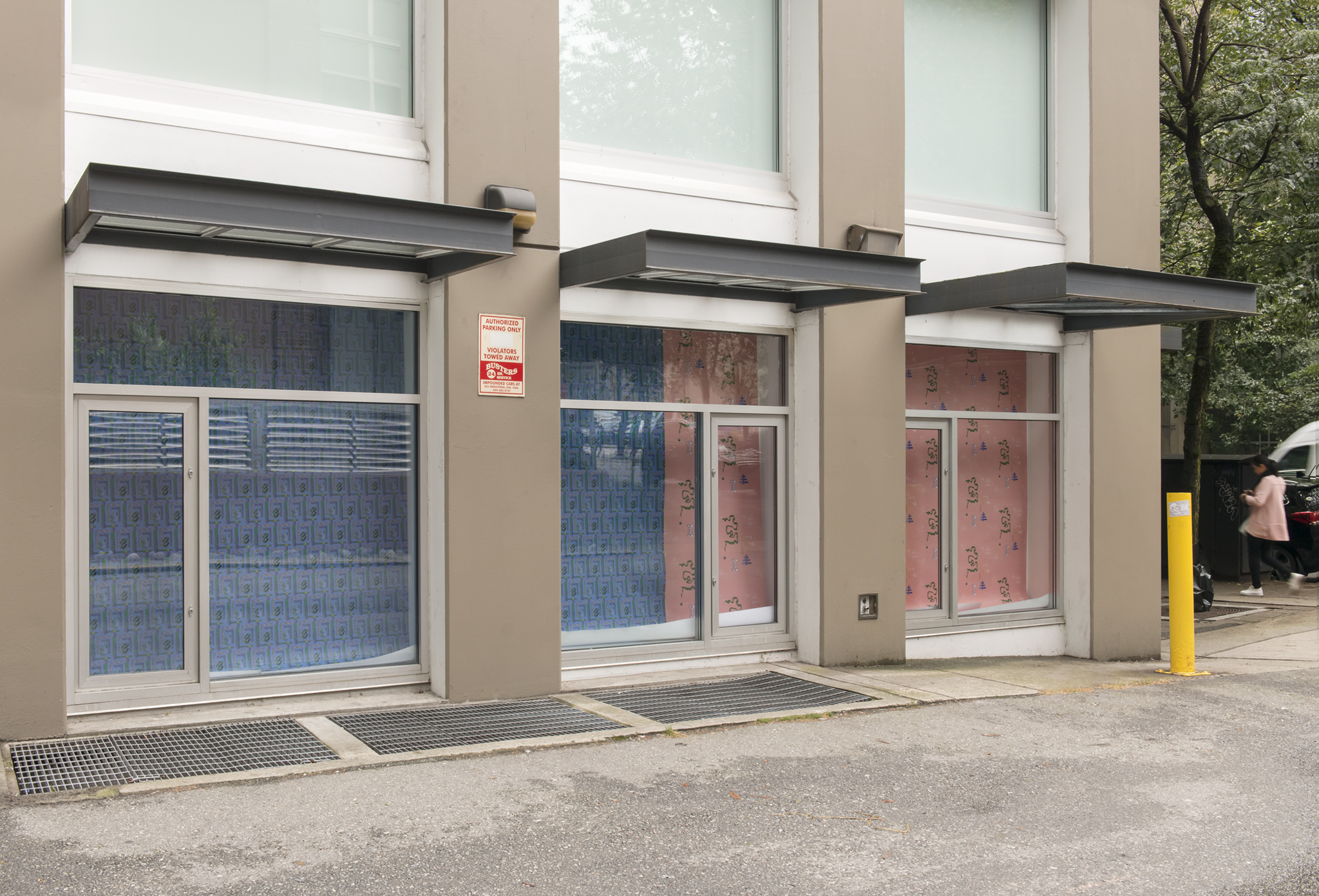Julian Hou
Autumn in the neighbourhood
Nearly touching the promise
Bicycle Moon
Unbroken spirals
444
Psychedelic Sieve (soulmaterial)
Crossroads
Country Balance
Cartomantic meditation quilt
Staying in the feeling
Grass Drama
Grass Drama & Selected works
Strange Relief
Ketamine Clear
Dreamweed
Solitaire
Fire makes no sound
Nexus Line
What about the Children?
Cloudcuckooville
Mucking around the beginning and the end
Stupid Sun
Milman Parry’s waiting room rhapsody
Help me remember
Window bended harmony
Second Spring
Bandcamp
CV
©2025 Julian Hou
Nearly touching the promise
Bicycle Moon
Unbroken spirals
444
Psychedelic Sieve (soulmaterial)
Crossroads
Country Balance
Cartomantic meditation quilt
Staying in the feeling
Grass Drama
Grass Drama & Selected works
Strange Relief
Ketamine Clear
Dreamweed
Solitaire
Fire makes no sound
Nexus Line
What about the Children?
Cloudcuckooville
Mucking around the beginning and the end
Stupid Sun
Milman Parry’s waiting room rhapsody
Help me remember
Window bended harmony
Second Spring
Bandcamp
CV
curated by Kimberly Phillips
Contemporary Art Gallery, Vancouver
24 July 2020 - 3 January 2021








Photo Credit: Scott Massey